Comprehensive Architectural Project
Autumn 2009 - Spring 2010
Critic - Chris Beorkrem
Univ. North Carolina - Charlotte
In a craftsman collaborative collective, the overarching premise is for collaborative working to develop between creative minds. Said minds must reside in dwellings built to respond to collaboration. With the selective displacement of artist office, dwelling, studio and workspace, even within the same building, the consequences could be that the dwellers never make it to collaboration because of the enormous opportunities in privacy. This typological example of collaboration must give way to more public than private workspaces, and a modified live-work typology would satisfy this premise. Modified in the format of living functions being loosely separated against the Studio. All craftsman Studios in the collaborative could be woven and joined together along facades to communicate to street traffic the use of this entire building- -the creative togetherness in creation of work. The weaving of the studios allows for interaction between craftsmen without having to move great distance to get an idea across.
In a city such as San Francisco, CA, there exists strong forces of history, and prevalent artist movements (originating in the 1950s) that ultimately affected American and World art for generations. Today, San Francisco’s neighborhoods offer a rich diversity, but none more artistically focussed as the South of Market neighborhood, or SOMA. SOMA is an area south of Market Street, the most dominant of streets in San Francisco. This area is made up of a plethora of art venues, theaters, shops, museums, institutions, universities, bars, residence studios, professional design studios, start-up internet companies, design firms and the like. SOMA has become one of San Francisco’s largest growing culturally invigorated urban neighborhoods.
Ideas & Issues
The corner site, at the intersection of Howard Street & Second Street, is a unique spare parking lot which is situated between the heights of the downtown business district and SOMA’s smaller scale urban buildings. Before design of a Craftsman Collaborative, it must first be defined as a building which houses artists and designers in residency programs for a temporary period, and displays the work that they create, work relative to the specific location (SF) and experiential, visual, or sensory stimulating. The forces acting on the site, it’s unique location, and the vitality of the place can coalesce within the project in the culmination of the craftsman's work for public display. Since this work is ever-changing, and ever-produced, the building should respond to this. The envelope is not simply the container, but a container with its contents on display for the entire metropolis to see and experience. Following this, the building should respond to the making-nature of artists and display their process first and foremost and final work should be secondary. The product is in effect, the process of the craftsmen's work. Collections, iterations, and processes are just as important as final works and should be visible to all patrons, and street traffic as well, in order to establish an identity for the specific place.
The Collaborative is always in flux, never at rest, a factory of creation, a factory of creative endeavors. The work is on display, and so is the process behind the work in the form of the artists’ studio, where all can see the creation taking place instantly. Patrons come to understand the work by visiting the Collaborative. The dialogue between craftsman and patron is essential for creative discourse to flourish.
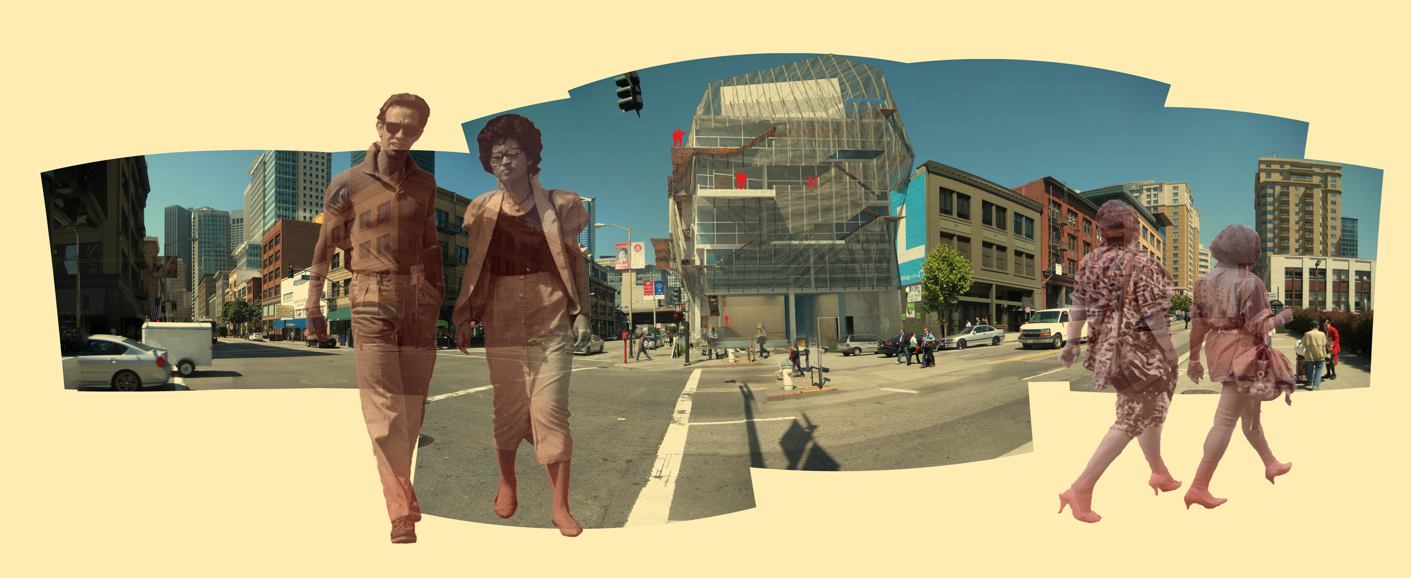


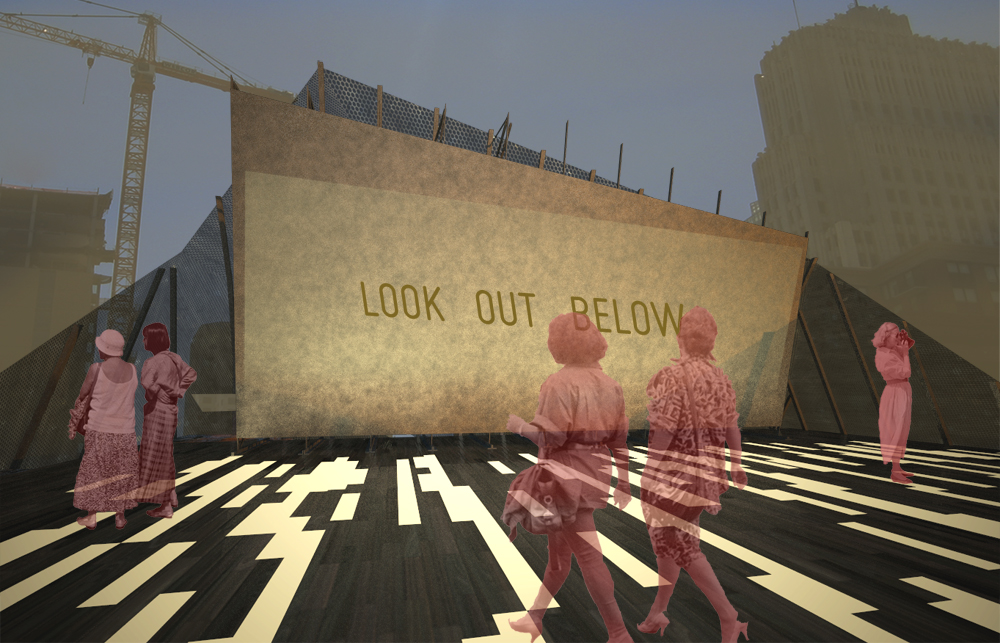



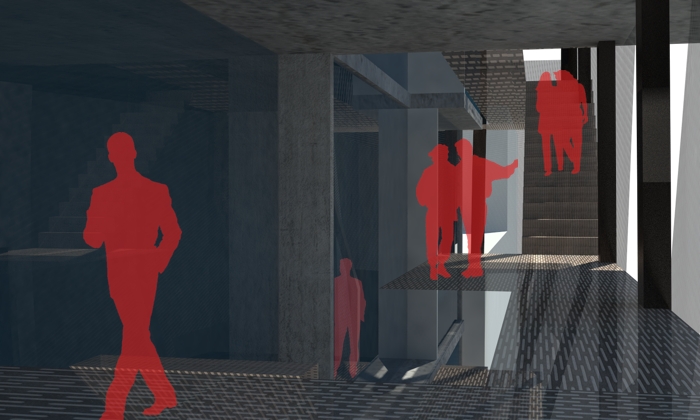


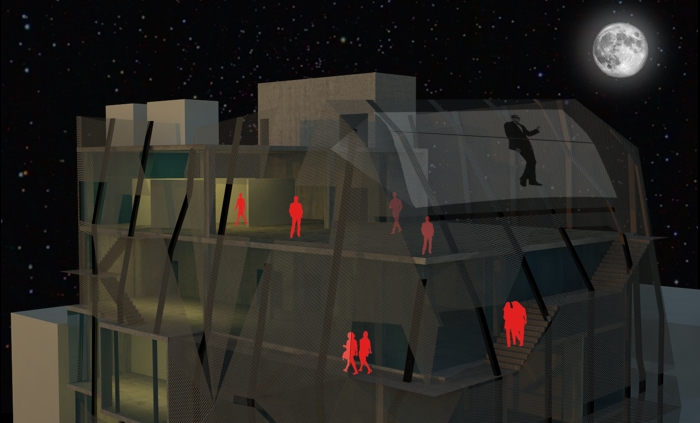
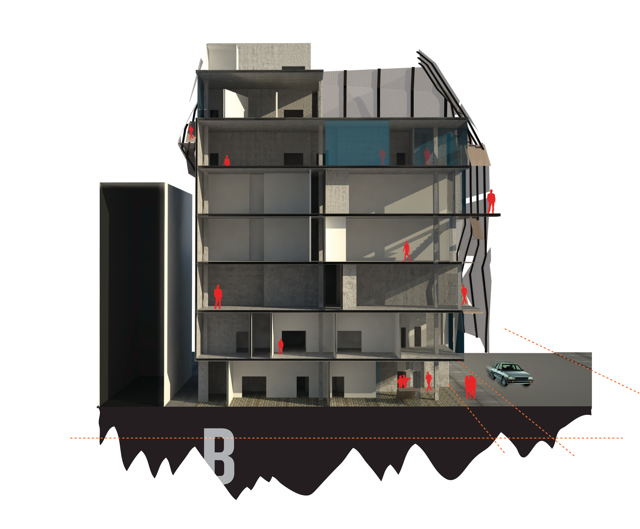



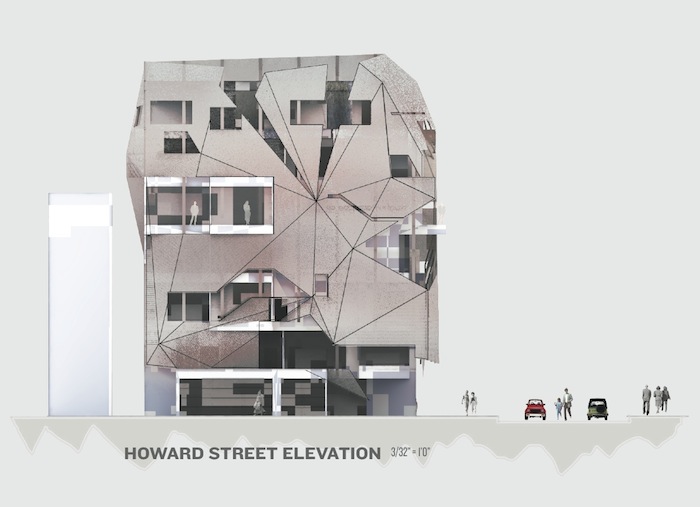

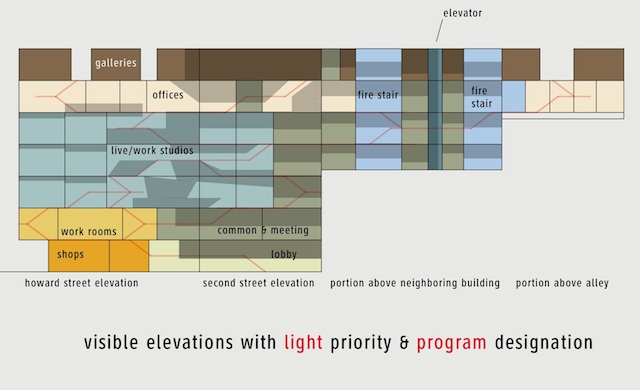


Richard South © 2024 — New York City & Phoenix